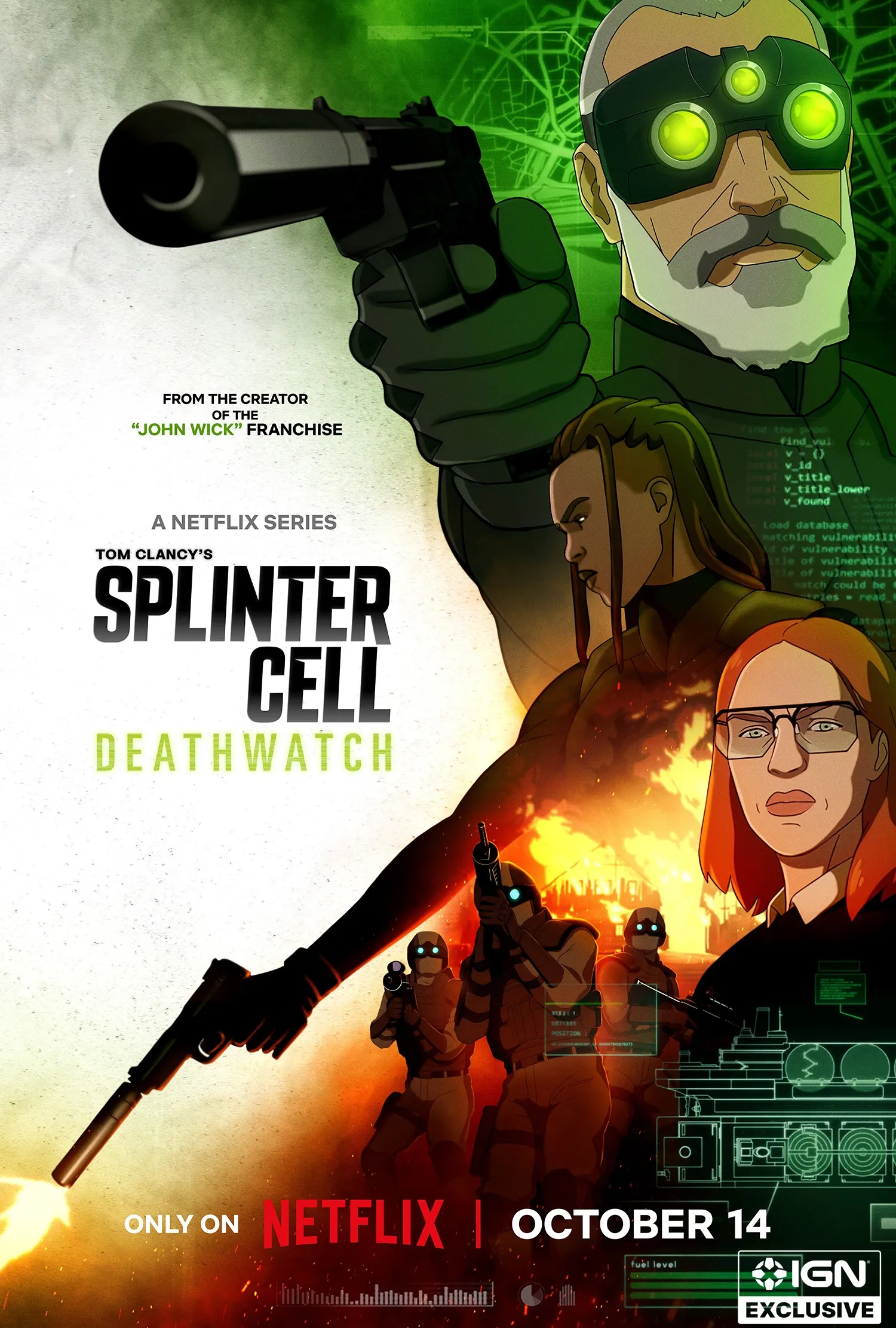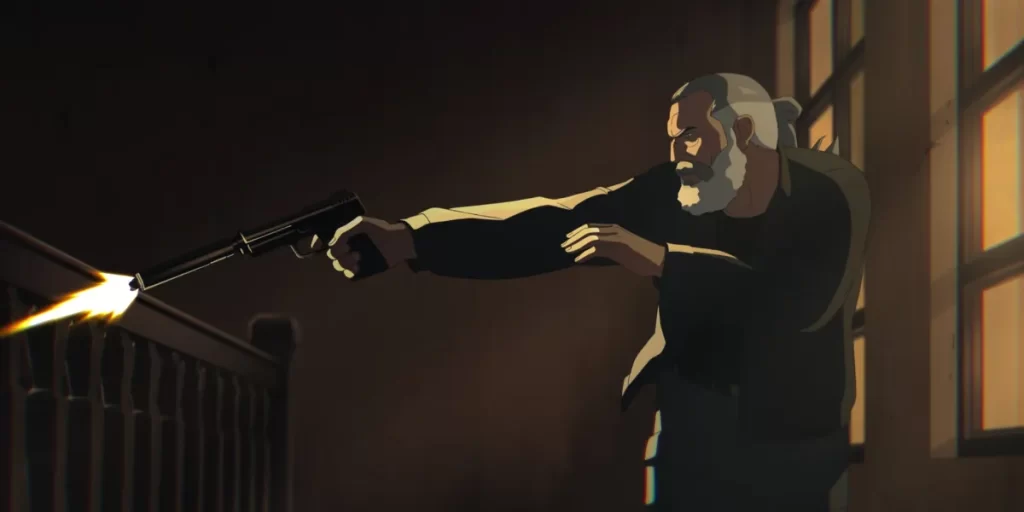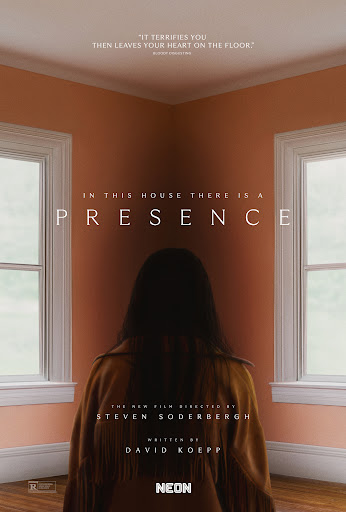
Splinter Cell: Deathwatch – Sam Fisher Steps Out of the Shadows on Netflix

By DaMarko Webster
When Netflix unveiled the exclusive trailer for Splinter Cell: Deathwatch, the world’s ears perked up. It wasn’t just another adaptation—it was the long-awaited return of Sam Fisher, the silent specter of stealth gaming, now reborn in animation. After years of dormancy, the franchise that once redefined espionage thrillers is stepping into a new era, and fans are ready to embrace the shadows again.
The Splinter Cell legacy began in 2002 with Ubisoft’s groundbreaking Tom Clancy’s Splinter Cell. From the moment Sam Fisher strapped on his signature tri-goggles, the series separated itself from other action titles by demanding patience, precision, and cunning. Players weren’t asked to storm through firefights; they were asked to vanish into darkness, manipulate light, and eliminate enemies without leaving a trace. Sequels like Pandora Tomorrow and Chaos Theory elevated the formula with cutting-edge technology and morally complex storytelling, cementing Fisher as one of gaming’s most enduring protagonists.
By the time Double Agent, Conviction, and Blacklist rolled out, the franchise had become synonymous with innovation. From dynamic light-and-shadow systems to split-path narratives, each installment pushed the boundaries of immersion. Yet after Blacklist in 2013, the series fell quiet. For more than a decade, fans were left with rumors, cameos in other Ubisoft titles, and the promise of a remake in development. The silence only amplified demand for Fisher’s return.
Now, Splinter Cell: Deathwatch is answering that call, not through a controller, but through Netflix’s global stage. The animated series, set to premiere October 14, 2025, is written and executive produced by Derek Kolstad, the creative force behind John Wick. Voiced by Liev Schreiber, Fisher is reintroduced as an older, world-weary operative drawn back into the shadows alongside Zinnia McKenna, a new ally voiced by Kirby Howell-Baptiste. Across eight half-hour episodes, the series promises to blend heart-pounding action with the psychological weight of Fisher’s legacy.
Why the anticipation? For one, it’s the scarcity factor. Fans have been starving for a true return to Splinter Cell, and Deathwatch arrives as both a revival and reinvention. Animation offers creative freedom to capture the series’ trademark tension—the flickering bulb in a silent hallway, the quiet hum of Fisher’s gadgets, the sudden snap of a silent takedown—without compromise. Coupled with Kolstad’s sharp, cinematic storytelling, the project is poised to honor the franchise’s roots while delivering a contemporary spy thriller.
More than nostalgia, Deathwatch represents a bridge. It brings longtime players back into Fisher’s world while introducing new audiences to the icon through Netflix’s massive reach. In an era where gaming franchises are increasingly finding second lives in streaming, Splinter Cell feels uniquely primed to succeed—its atmosphere, its moral dilemmas, and its espionage intrigue are tailor-made for serialized storytelling.
As the trailer suggests, this isn’t just about shadows and silence—it’s about legacy, reinvention, and the thrill of a legend’s return. Sam Fisher may have been absent from our screens for years, but when Splinter Cell: Deathwatch lands on Netflix this fall, the message is clear: the shadows never left, and neither did he.






